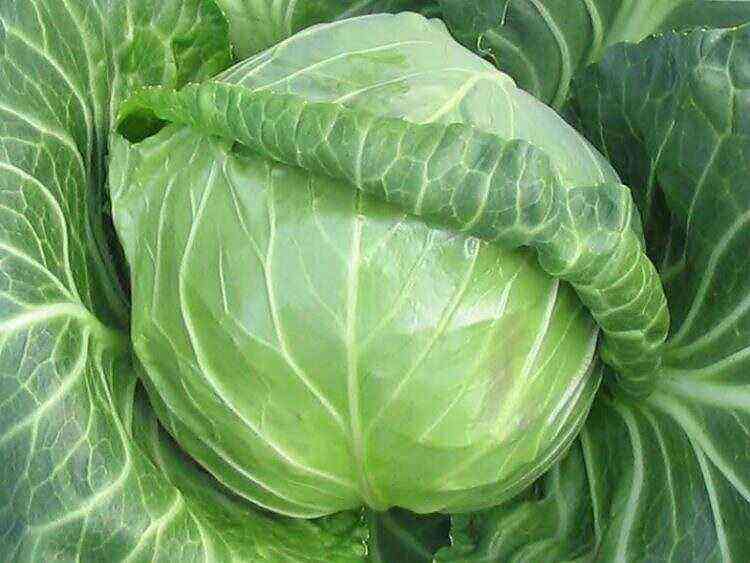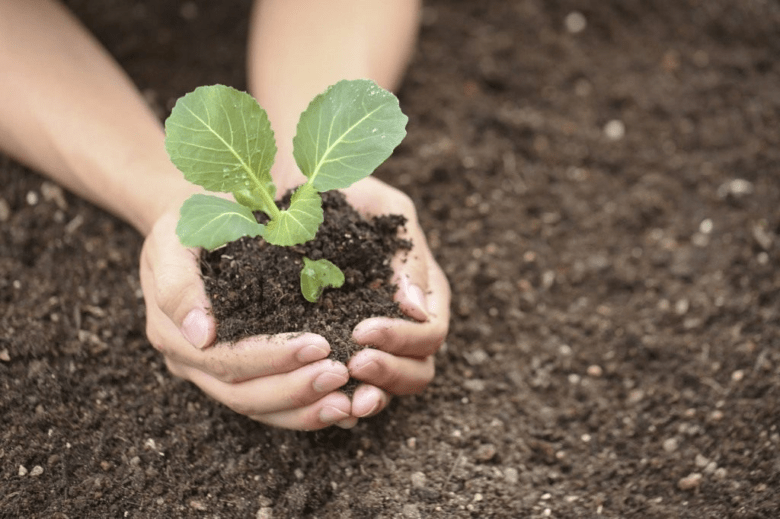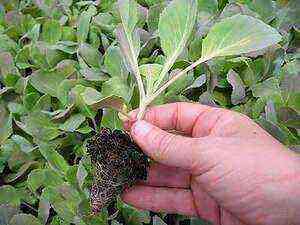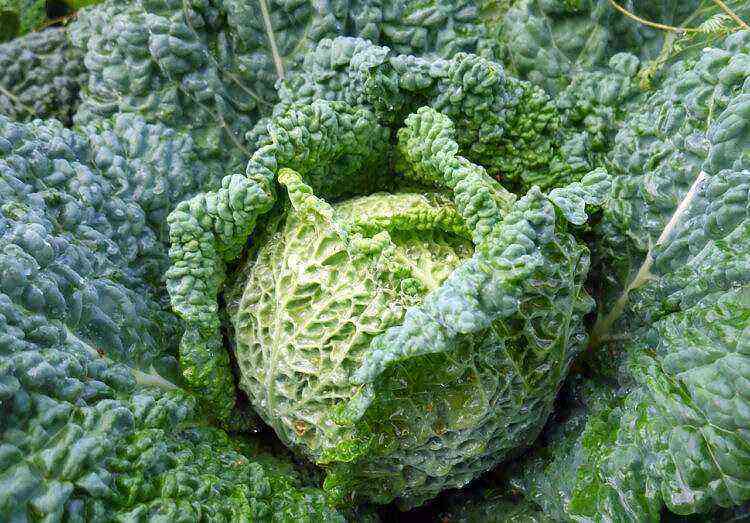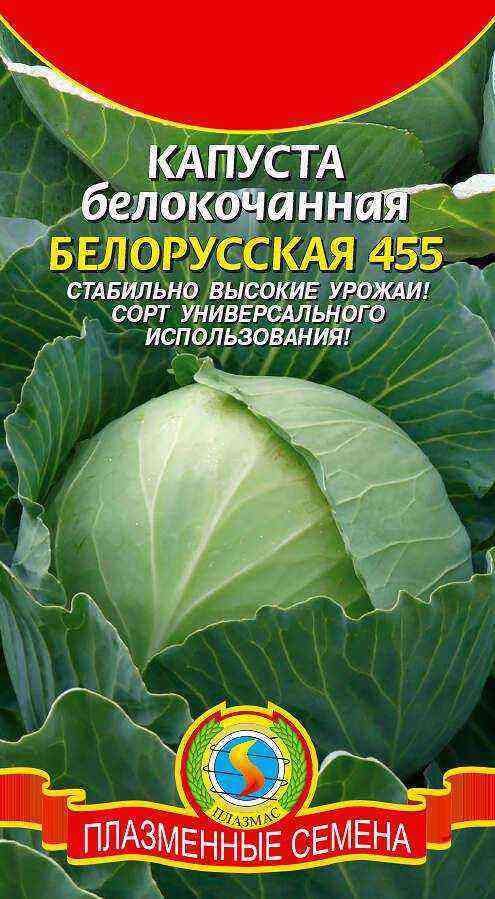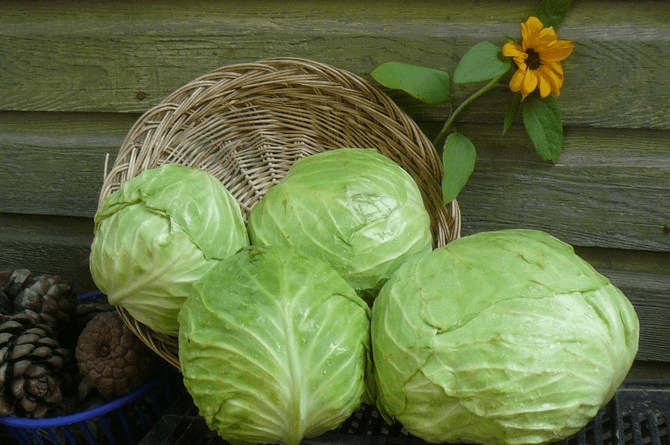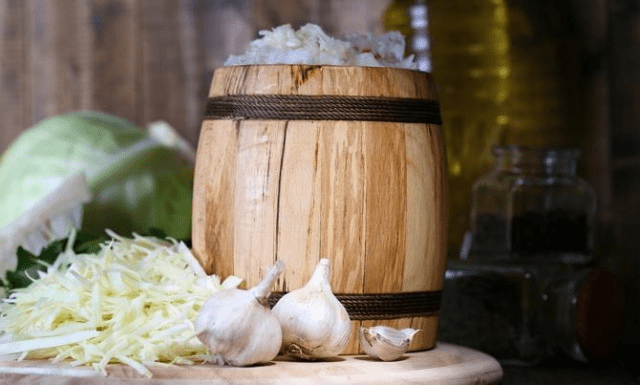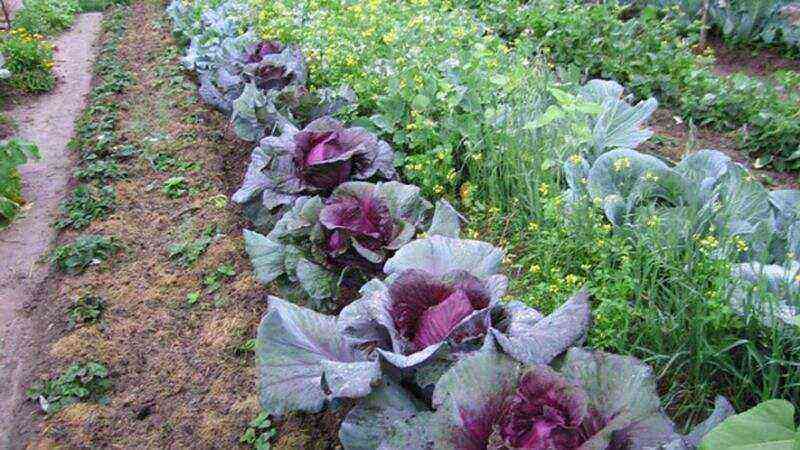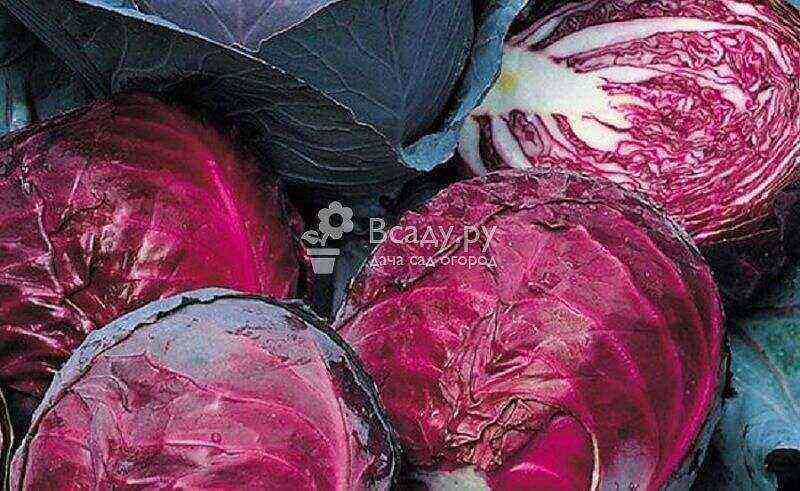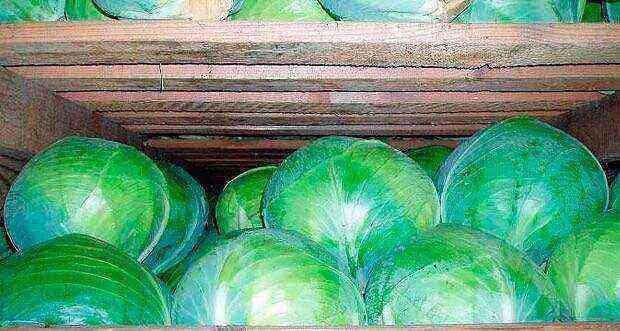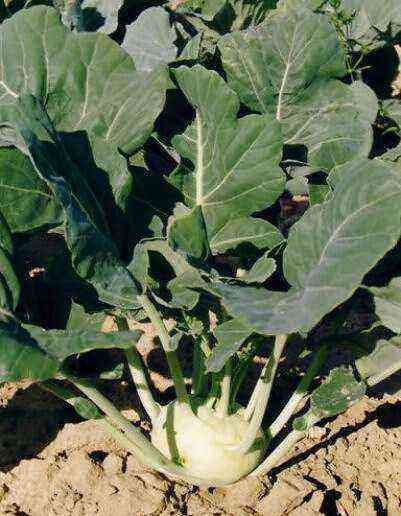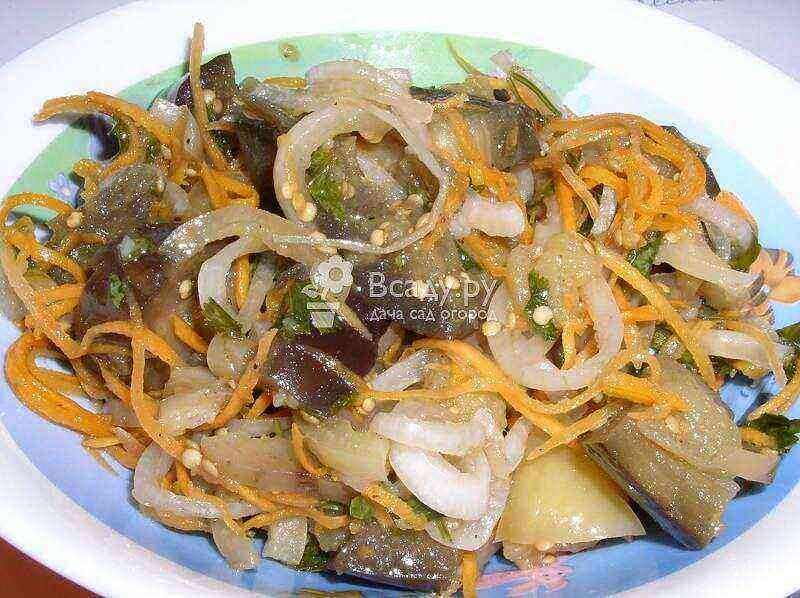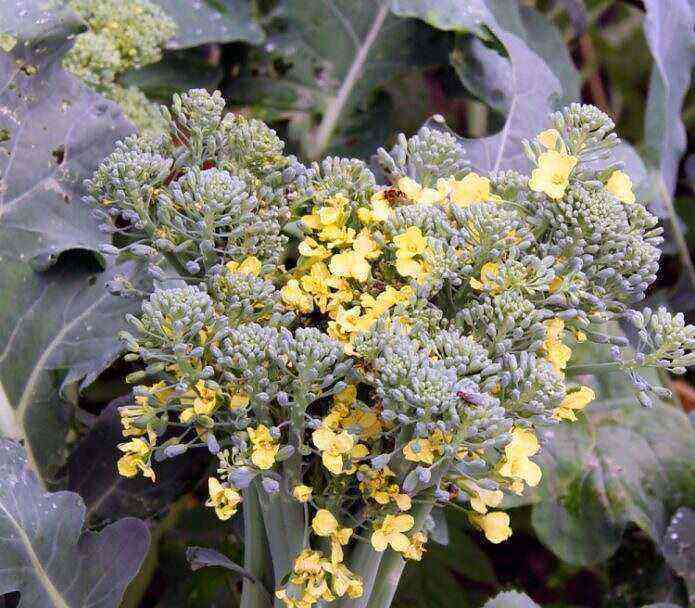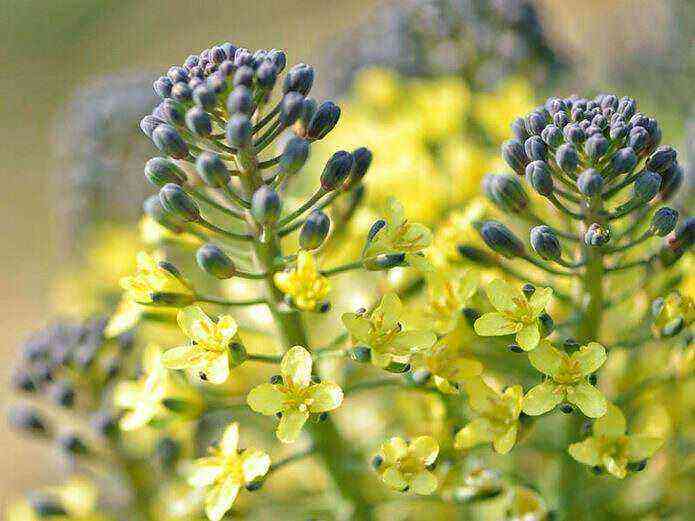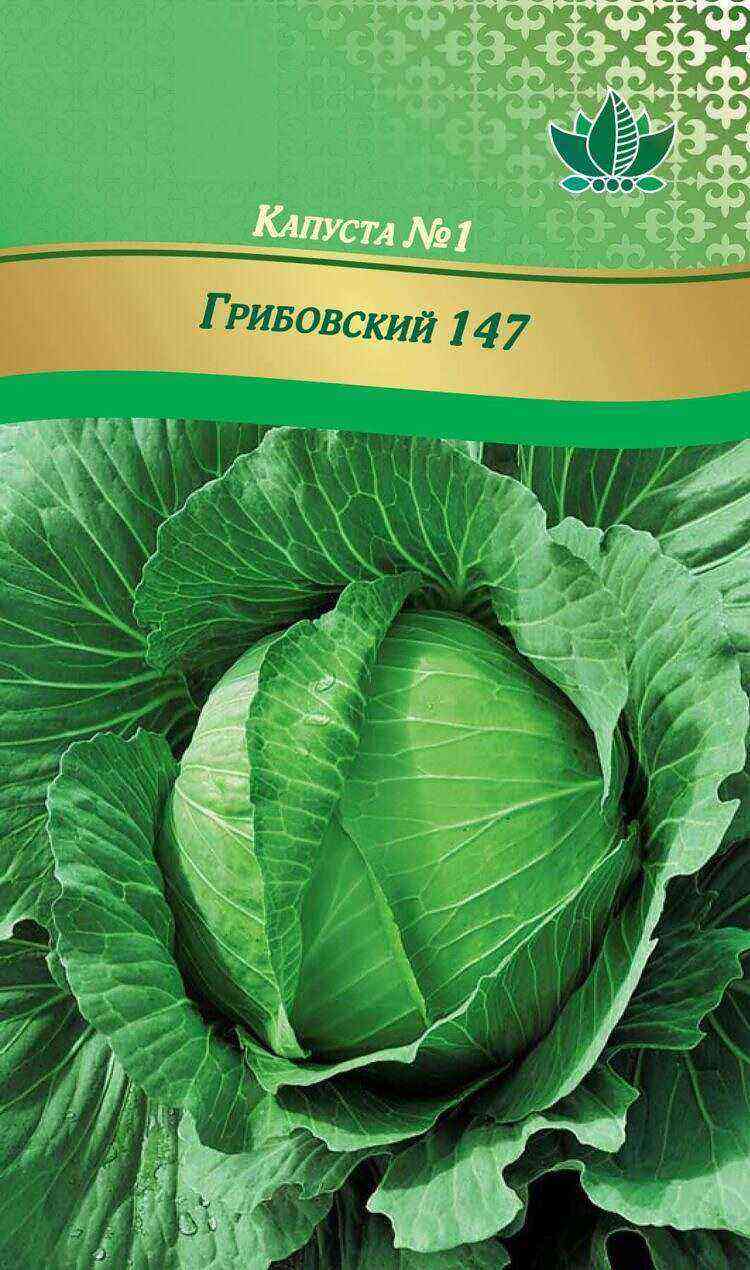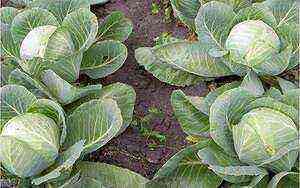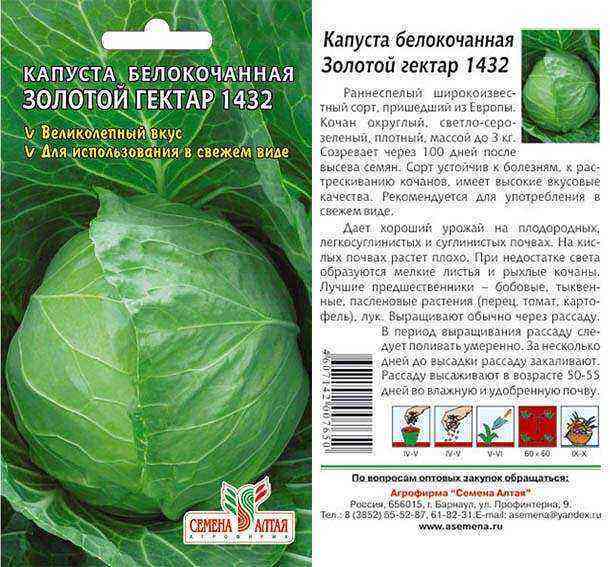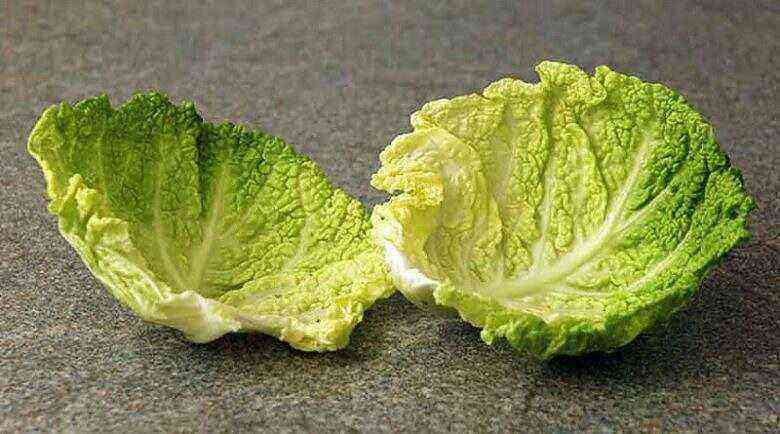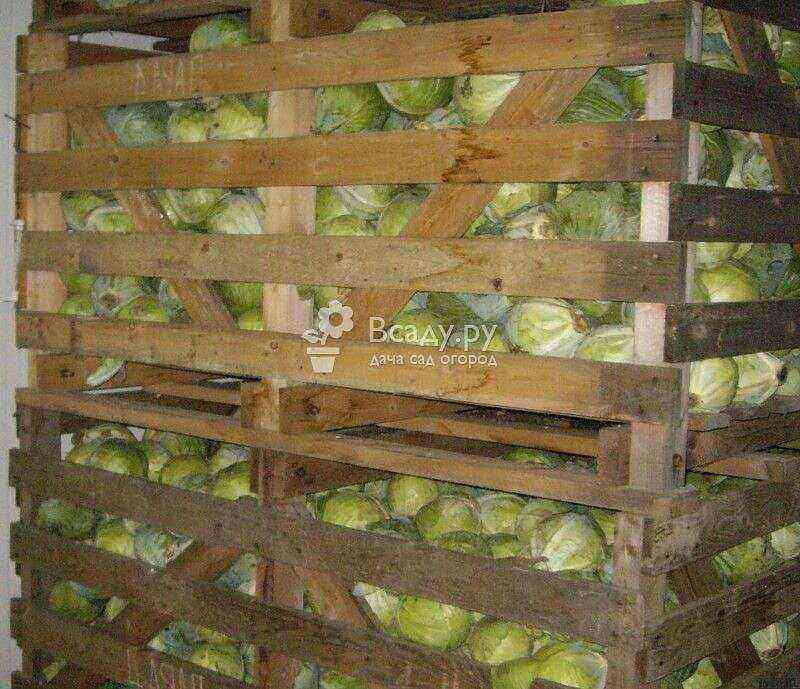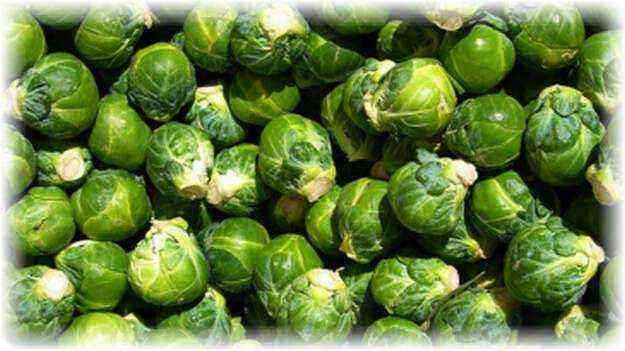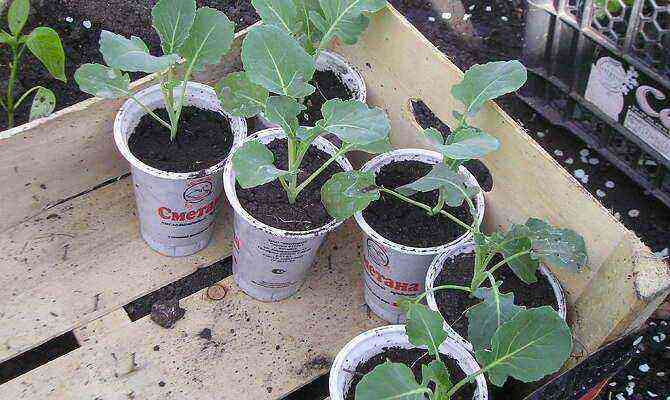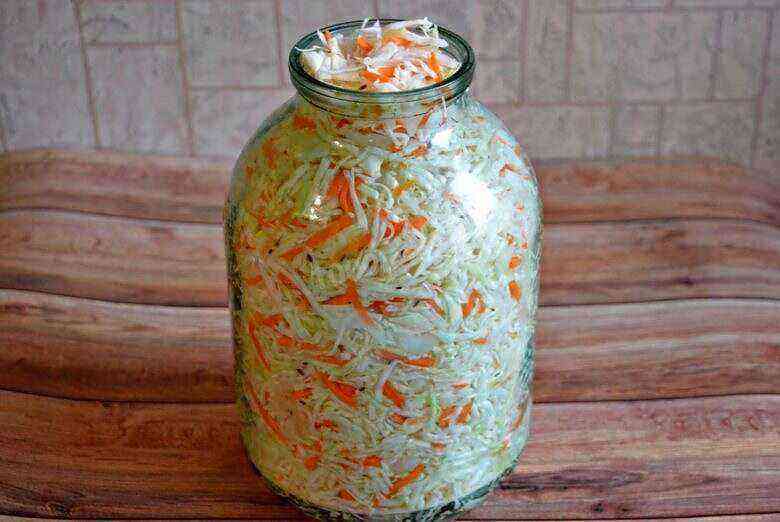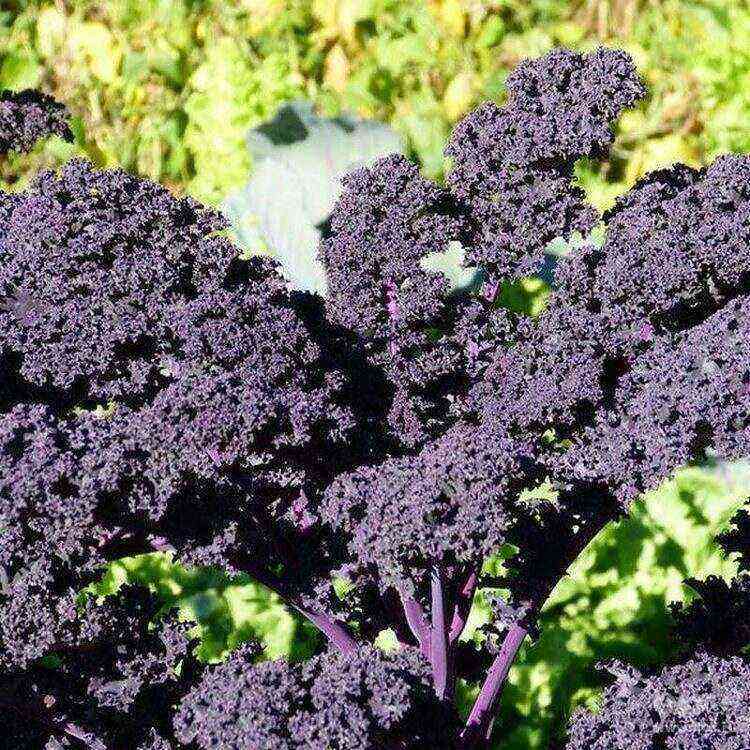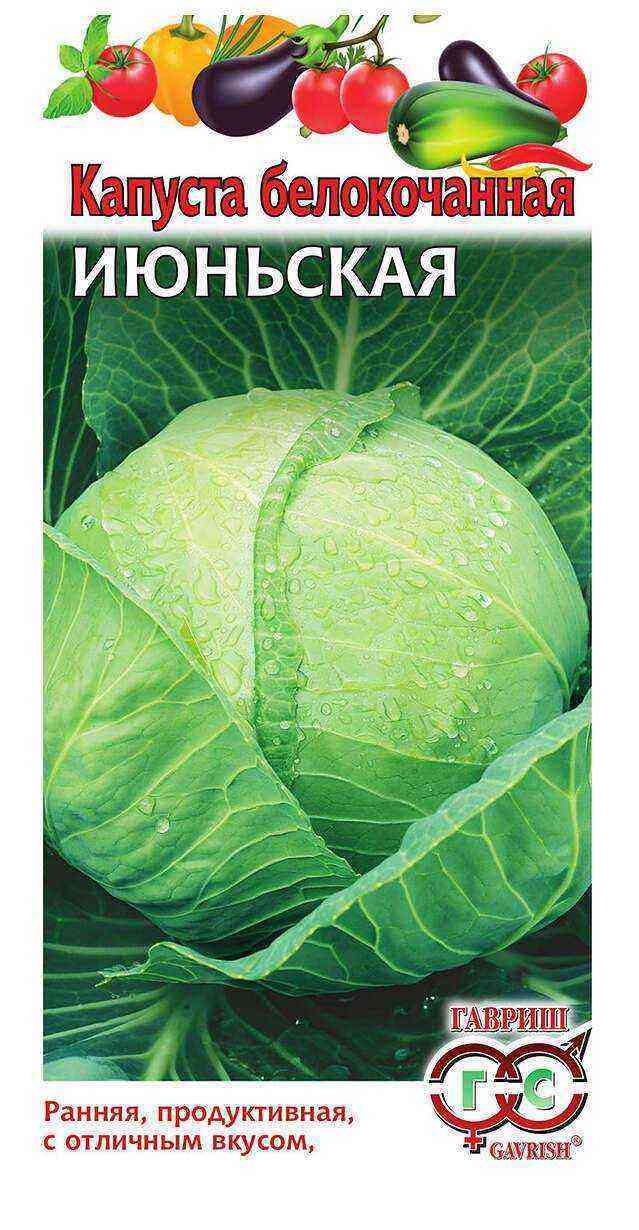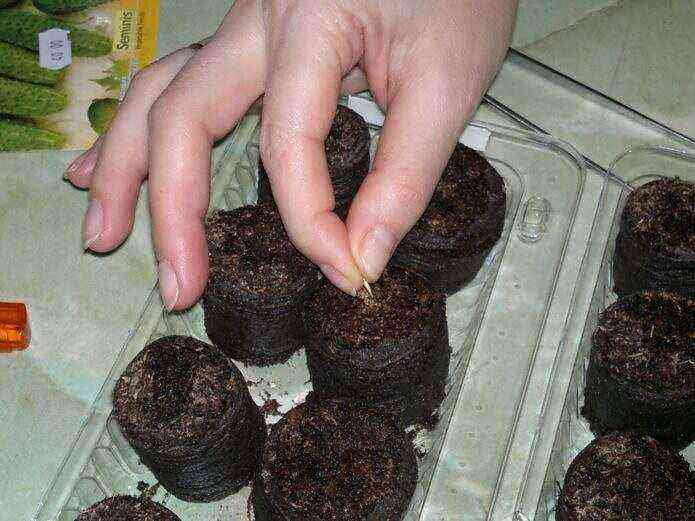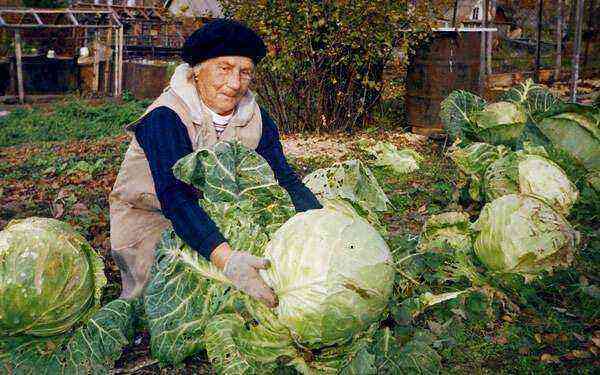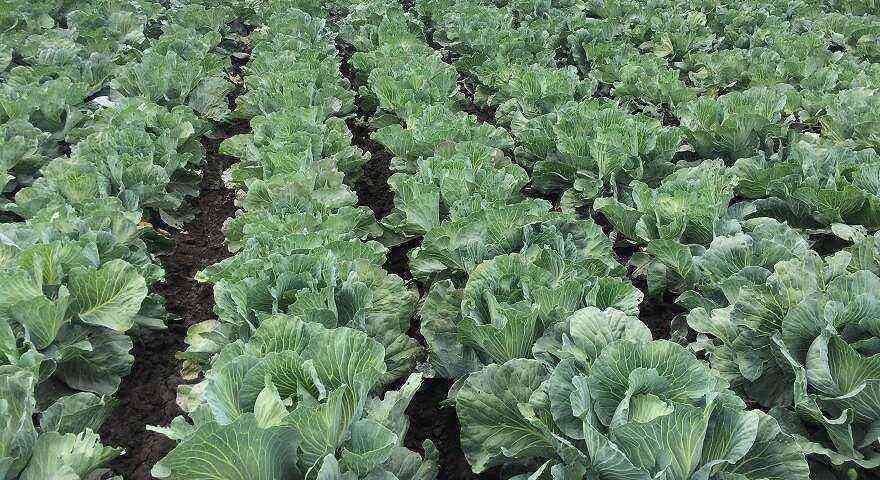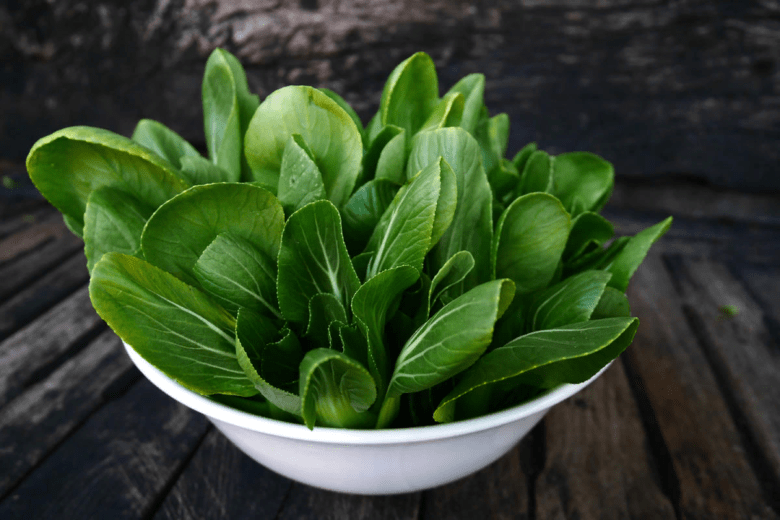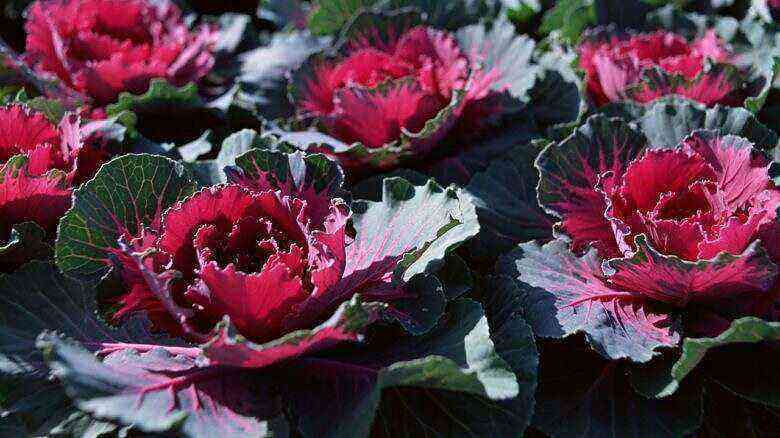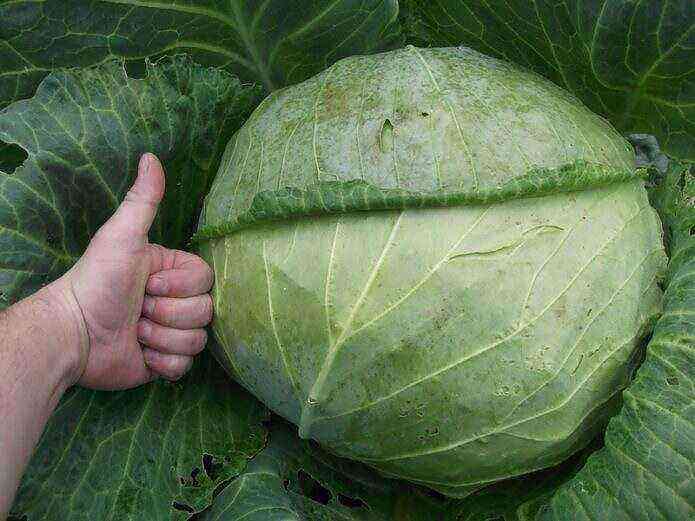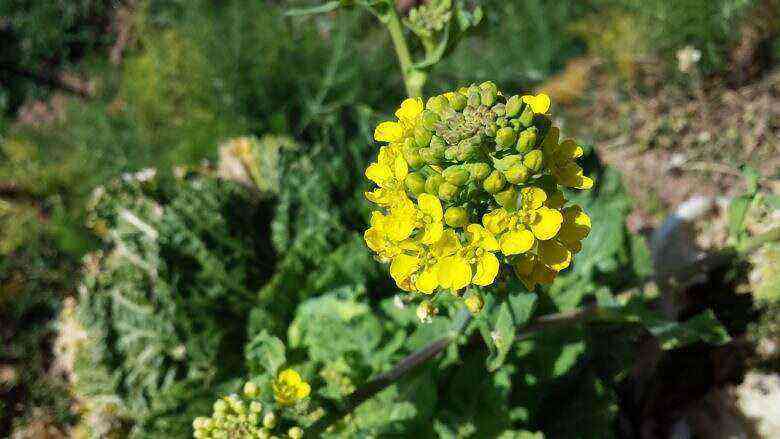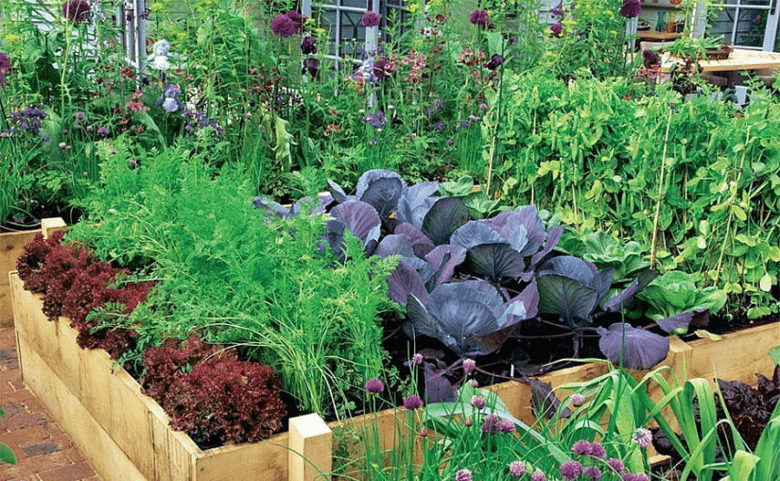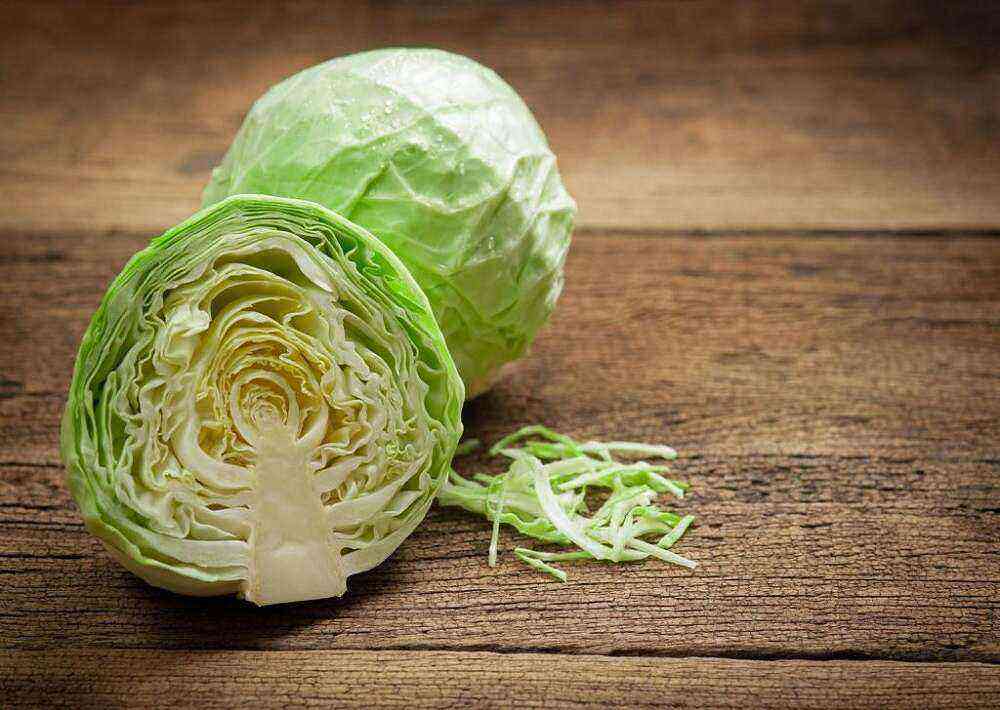There are many cauliflower fans in almost every country. Love for this vegetable is associated not only with its extraordinary taste, but also with its nutritional value. Considering that in our country many people have summer cottages, they often think about planting this valuable vegetable on their site. However, to get a good harvest of cauliflower, you need to know how to grow it properly.
Properties of cauliflower
Cauliflower compares favorably with its white-headed counterpart and other varieties in the amount of nutrients it contains. It is very rich in vitamins B and C. It also contains a lot of potassium, magnesium, phosphorus and zinc, thanks to which it is included in the menu for people who have had an illness, as well as for those who follow a diet. Also, this vegetable is rich in protein with a small amount of fiber. Thanks to this feature, it can be fed even to infants and those suffering from gastrointestinal diseases.
An important feature of cauliflower is that freezing does not affect its taste and nutritional qualities in any way. This makes it a product that you can eat almost all year round. Therefore, it is not surprising that many people try to see cauliflower on their table more often.
Having appreciated the beneficial properties of this vegetable, every year more and more people who decide to grow cauliflower on their site are wondering how to get a large harvest at minimal cost.
Factors of success
One of the determining factors on which the yield of any cultivated plant depends is the right choice of variety… As a rule, gardeners are guided by personal preference, but there are other characteristics that need to be considered before planting cauliflower for seedlings.
- Variety. Cauliflower can differ in color of inflorescences, which are white or pale cream shades, as well as yellow, green, pink and even purple. Compared to the usual “colored” varieties have a pronounced cabbage taste, but because of this feature, many just choose them for planting.
- Ripening terms. It is most correct to choose early varieties (Alrani, Fruernte, White perfection NK F1) and mid-early (Yarik F1, Bianca, Amethyst F1 with a purple head), since when planting late varieties there is a possibility of underripening in case of cold snaps.
- Productivity. This characteristic is determined by the mass of inflorescences, which can range from 300 to 1000 g.
How to grow cauliflower?
The most suitable for growing cauliflower are regions where not very cold climate prevails… Even though it has the ability of all types of cabbage to withstand cold weather, this quality in cauliflower is the least pronounced. Therefore, if low temperatures (up to + 8 degrees Celsius) are kept for a long time, then this can lead to the appearance of weak underdeveloped heads.
The most favorable conditions for growing cauliflower outdoors are created when the temperature is between + 18 and + 27 degrees Celsius. Therefore, if the owner decides to disembark early, then he will have to use shelters, for example, greenhouses. High temperatures (above + 25 degrees) also have a negative effect on development, because of which the formation of the heads is much slower, and they themselves become loose and small.
For a rich harvest, cauliflower must be planted in areas that are well lit by the sun. Even partial shade can lead to reduced yields. Therefore, even while growing seedlings, you need to take care of creating additional lighting.
Cauliflower is very demanding on soil quality… It is recommended to plant cauliflower in open ground where light, moisture-consuming, fertile soils with a neutral reaction prevail.
Cauliflower responds well to moisture, although it is necessary to observe the measure with this, since with excessive moisture, the formation of cabbage heads slows down.
It is enough to follow the above recommendations, and then you can count on a good harvest of cauliflower.
How to prepare seeds correctly?
To increase the germination rate of seeds, they must be properly prepared for sowing. To do this with them hold special events.
Sizing and sorting by size. If you use the largest specimens for planting, this will help increase the yield by 30%.
- Disinfection. If you want to protect plants from diseases, so as not to harm them, then you need to use non-toxic substances. A solution of garlic can perfectly cope with this task: for this you need to take garlic and water and combine them, observing the proportions of 1: 3. Alternatively, you can use heating: for this, the seeds are placed in water heated to 50 degrees, and kept there for 20 minutes.
- Seed soaking. To do this, use a solution prepared using trace elements. To do this, you need to take 0,1 l of water, 0,3 g of molybdenum, 0,05 g of potassium permanganate, 0,3 g of boric acid. When the mixture is ready, seeds are dipped into it and left for 7-8 hours.
By choosing any of these methods, you can be sure that from the seeds you get strong seedlings.
How to grow seedlings correctly?
It is very difficult to grow strong and healthy seedlings in indoor conditions, since this is facilitated by insufficient illumination, low air humidity and high temperatures. Small, undeveloped cabbage inflorescences can be obtained from such seedlings. To obtain better quality inflorescences, it is recommended to use greenhouses with heating or greenhouses, planting in which must be done already in early to mid-April.
It is best if you use separate pots and cassettes for seedlings: each must be sown two or three seeds… Then it will be easier for you to transplant them to a permanent place, and you can avoid injury to the root system. This is very important as it helps the seedlings grow faster. It is best to plant well-developed specimens, and it is recommended to remove diseased seedlings with an insufficiently developed root system.
The experience of some gardeners shows that in order to get a good harvest of cauliflower, it is recommended to grow them in stages. The essence of this method is that planting seeds in a pot is done at intervals – in early April, at the end of April and at the end of May. As a result, friendly seed shoots can be ensured. If it is necessary to increase the delivery time of fresh produce, then a pause of 3 weeks is maintained between the sowing stages. Thus, the harvest of cauliflower can be obtained in several stages, and the problem of under-ripening of the last batch can be solved by placing it in the basement.
A good effect is given by the placement of soaked seeds. into wet sawdustpre-packed in open plastic bags. This will help speed up their germination. However, care must be taken to keep the mixture constantly moist. After waiting for the first leaves to appear from the seeds, a fertile soil is added to the sawdust with a layer of 3-4 mm.
After the emergence of full-fledged shoots, the nutrient mixture from the cauliflower seedlings is removed and sent to the glazed loggia. To prevent the cold night air from harming the delicate seedlings, they need to provide shelter. At this stage, it is necessary to transplant the seedlings into the greenhouse as early as possible. Before planting seedlings, a dive is carried out with them, then they are sent into the ground and thoroughly watered with warm water. From this moment, the stage of growing seedlings begins in greenhouse beds, which must be protected from frost with thin material.
Transplant into the ground
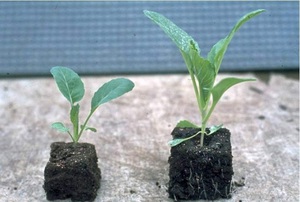
Preparation begins in the fall: the selected area for transplanting must be dug up, adding potassium and phosphorus to it at the rate of 50 grams per square meter and humus compost – about 5 buckets per square meter. To improve the structure of the soil, you can use organics from poplar leaves, which can be harvested in the autumn.
You can start transplanting cabbage into the ground in mid-May. Usually by this time the seedlings have reached a phase in which they already have there are 4-6 true leaves and a well-developed root system.
When choosing the layout of the holes, it is necessary to focus on the size of future plants. In most cases, when planting early varieties, 70 × 20 cm holes are sufficient.If you plan to plant mid-season varieties, then you must maintain the dimensions 70 x 35 cm.The depth of the holes should be sufficient so that the seedling is slightly buried after immersion. This will subsequently simplify the application of fertilizing and watering. Before sending a cabbage seedling into the hole, you need to put several handfuls of wood ash, two tablespoons of complex fertilizer and several handfuls of humus there. This mixture is thoroughly mixed in the hole, after which the seedling is sent there.
Before transplanting, you definitely need to do well moisten the soil in cassettes or other containers with seedlings. Before burying single plants, the root system must be properly straightened. If the seedlings grew in pots or cassettes, then they can be sent directly from the hole directly from the ground. Then watering is carried out on the basis that one hole should have 1 liter of water. Then the soil around the seedling is covered with a layer of mulch and loosened. After that, a thin material is laid on top so that the sun and frost do not cause much harm to the seedlings. It will also help protect the seedlings from pests.
Cauliflower growing technology

Watering. Once the cauliflower seedlings are in a permanent location, they need to be watered daily. After entering growth, the frequency of watering should be at least 2 times a week. Care must be taken to ensure that a crust forms on the surface and that moisture does not fall on the heads.
Additional fertilizing… Several dressings should be carried out during the season:
- For the first time, fertilizers are applied 2 weeks after planting using a mullein solution.
- The second time they do it after another 2 weeks, but now they use mineral fertilizers.
- For the third time, the plants are fed during the period of tying the heads, adding potassium sulfate to the soil.
Loosening and hilling. Each next feeding and watering should be completed with this operation. In some cases, it is allowed to use mulch instead of loosening, for example, sawdust, fallen leaves or other species.
Pest control. To protect against a cross-type flea, you can use wood ash, from caterpillars – herbal infusion based on tomato tops.
Conclusion

Unfortunately, not everyone is aware of the peculiarities of growing cauliflower. In fact, there is nothing difficult here. It must be remembered that cauliflower differs from its white-headed relative, therefore, several other cultivation technique… If you follow the recommendations for the main stages exactly, you can provide yourself with a good harvest of this noble and nutritious vegetable every year.
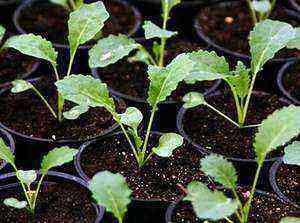 Sizing and sorting by size. If you use the largest specimens for planting, this will help increase the yield by 30%.
Sizing and sorting by size. If you use the largest specimens for planting, this will help increase the yield by 30%.